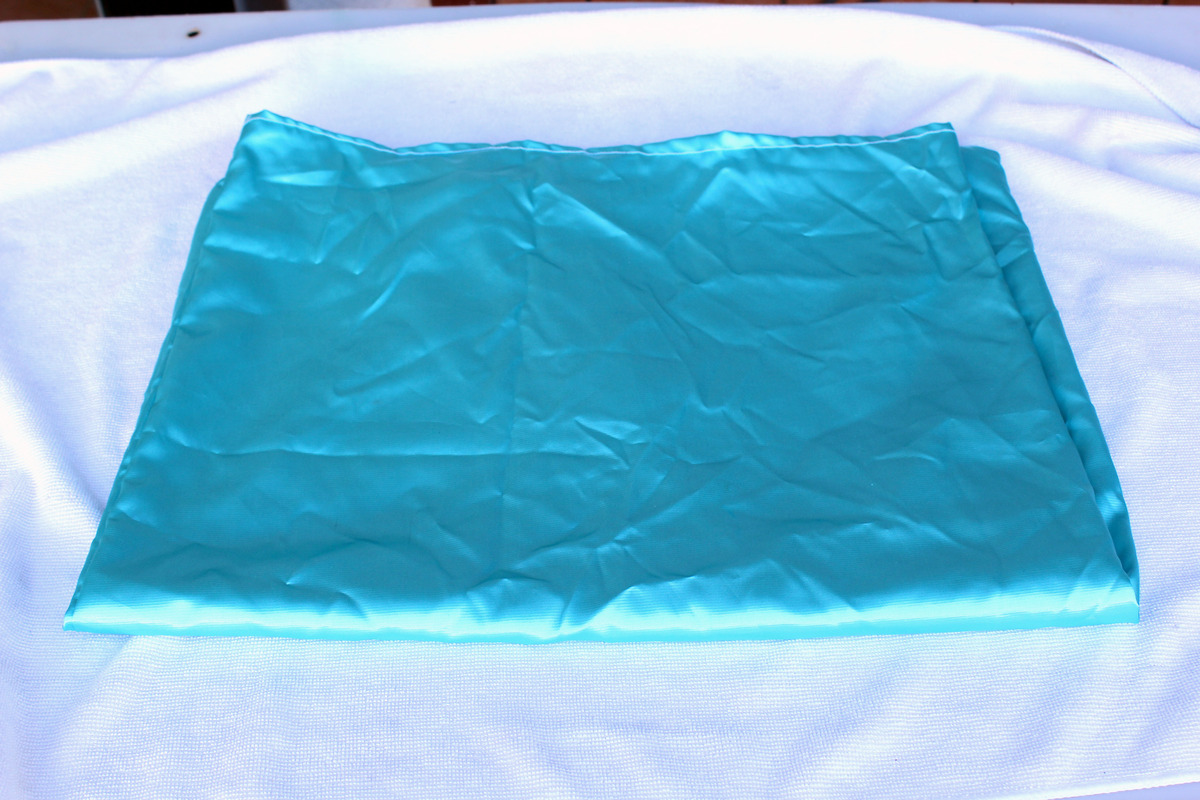

Articles
How Often Should You Wash A Silk Pillowcase?
Modified: March 2, 2024
Discover the best practices for washing a silk pillowcase in this comprehensive article. Find out how often you should wash your pillowcase to maintain its quality and benefits.
(Many of the links in this article redirect to a specific reviewed product. Your purchase of these products through affiliate links helps to generate commission for Storables.com, at no extra cost. Learn more)
Introduction
When it comes to getting a good night’s sleep, investing in a high-quality pillowcase is just as important as having a comfortable mattress and pillow. And if you’re looking for the ultimate in luxury and comfort, silk pillowcases are the way to go. Silk pillowcases are not only incredibly soft and gentle on your skin, but they also offer a range of benefits for your hair and overall well-being.
In this article, we’ll delve into the question of how often you should wash a silk pillowcase. While silk pillowcases require more delicate care compared to other materials, they are surprisingly easy to clean and maintain. We’ll explore the factors to consider when determining the washing frequency, signs that it’s time to give your silk pillowcase a wash, and the proper washing methods to ensure its longevity.
But before we dive into the specifics, let’s take a moment to understand why silk pillowcases are worth the investment.
Key Takeaways:
- Maintaining a clean and luxurious silk pillowcase involves considering factors like skin type, hair products, and personal preference to determine the ideal washing frequency. This delicate fabric requires gentle care to preserve its benefits for skin and hair.
- To extend the lifespan of a silk pillowcase, rotating and alternating pillowcases, using silk-friendly detergents, and avoiding harsh chemicals and excessive heat are essential. Proper care and gentle handling can keep the silk pillowcase looking and feeling luxurious for years.
Read more: How Often Should I Change My Silk Pillowcase
Benefits of using a silk pillowcase
Silk pillowcases have gained popularity in recent years, and for good reason. Here are some of the key benefits they offer:
- Smooth and gentle on the skin: Silk is a natural hypoallergenic fabric that glides smoothly over your skin, reducing friction and minimizing the chances of skin irritation and wrinkles.
- Prevents hair breakage and frizz: The smooth surface of silk helps to reduce friction on your hair, preventing breakage and minimizing frizz. It’s particularly beneficial for those with fine or curly hair.
- Regulates temperature: Silk is a breathable fabric that helps to regulate your body temperature, keeping you cool in summer and warm in winter.
- Hydrates the skin: Silk pillowcases are known to help retain moisture in the skin, reducing dryness and enhancing skin hydration.
- Reduces the absorption of skincare products: Unlike other pillowcase materials, silk doesn’t absorb your skincare products, allowing them to remain on your skin and maximize their efficacy.
With these advantages in mind, it’s clear that a silk pillowcase can be a game-changer for your beauty routine and overall sleep experience. However, to reap these benefits consistently, it’s essential to maintain the cleanliness of your silk pillowcase.
Let me know if you need further assistance.
Key Takeaways:
- Maintaining a clean and luxurious silk pillowcase involves considering factors like skin type, hair products, and personal preference to determine the ideal washing frequency. This delicate fabric requires gentle care to preserve its benefits for skin and hair.
- To extend the lifespan of a silk pillowcase, rotating and alternating pillowcases, using silk-friendly detergents, and avoiding harsh chemicals and excessive heat are essential. Proper care and gentle handling can keep the silk pillowcase looking and feeling luxurious for years.
Read more: How Often Should I Change My Silk Pillowcase
Benefits of using a silk pillowcase
Silk pillowcases have gained popularity in recent years, and for good reason. Here are some of the key benefits they offer:
- Smooth and gentle on the skin: Silk is a natural hypoallergenic fabric that glides smoothly over your skin, reducing friction and minimizing the chances of skin irritation and wrinkles. Unlike cotton pillowcases, which can be rough and abrasive, silk pillowcases provide a luxurious and soothing feel.
- Prevents hair breakage and frizz: The smooth surface of silk helps to reduce friction on your hair, preventing breakage and minimizing frizz. This is especially beneficial for those with fragile, delicate, or chemically treated hair. Say goodbye to waking up with tangles and knots!
- Regulates temperature: Silk is a breathable fabric that helps to regulate your body temperature while you sleep. It naturally wicks away moisture, keeping you cool in hot weather and warm during colder nights. This temperature regulation can contribute to a more comfortable and restful sleep.
- Hydrates the skin: Silk pillowcases are known to help retain moisture in the skin, reducing dryness and enhancing skin hydration. The smooth texture of silk helps to prevent moisture loss, keeping your skin feeling soft, supple, and refreshed. Wake up with a radiant complexion!
- Reduces the absorption of skincare products: Unlike other pillowcase materials, silk doesn’t absorb your skincare products, allowing them to remain on your skin and maximize their efficacy. This means that your expensive night creams and serums are better absorbed by your skin instead of being soaked up by your pillowcase.
- Reduces morning bedhead: Silk pillowcases help to minimize morning bedhead by reducing friction and static in your hair. You’ll wake up with smoother, more manageable hair that requires less styling. Your morning routine just got a little bit easier!
- Allergy-friendly: Silk’s natural hypoallergenic properties make it an excellent choice for people with allergies or sensitive skin. It is less likely to harbor dust mites, mold, or other allergens, providing a cleaner and healthier sleep environment.
- Durable and long-lasting: High-quality silk pillowcases are built to last. With proper care, they can retain their softness and luxurious feel for many years, making them a worthwhile investment.
With these advantages in mind, it’s clear that a silk pillowcase can be a game-changer for your beauty routine and overall sleep experience. The combination of its gentle touch on the skin, prevention of hair breakage, ability to regulate temperature, and promotion of hydration and skincare efficacy make it a must-have for those seeking a luxurious and beneficial sleep environment.
Now that we understand the benefits of using a silk pillowcase, let’s explore how often you should wash it to maintain its quality and maximize its benefits.
Let me know if there’s anything else I can assist you with.
Factors to consider when determining washing frequency
When it comes to washing your silk pillowcase, there are several factors to take into consideration. These factors can help you determine how often you should wash your silk pillowcase:
- Frequency of use: How often you use your silk pillowcase plays a significant role in determining how often you should wash it. If you use it on a nightly basis, washing it every week or every other week is generally sufficient. However, if you use it less frequently, you can extend the time between washes.
- Skin type: The type of skin you have can also affect how often you should wash your silk pillowcase. If you have oily or acne-prone skin, washing it more frequently, such as once a week, may be beneficial to prevent the buildup of oils and bacteria. On the other hand, if you have dry or sensitive skin, washing it less frequently, such as every other week, may be sufficient to maintain cleanliness without stripping away essential moisture.
- Hair type and products: Your hair type and the products you use can impact how often you should wash your silk pillowcase. If you have oily or heavily styled hair, you may want to wash your pillowcase more frequently to prevent oils and product residues from transferring onto the fabric. However, if you have dry or treated hair, washing it less often can help retain essential oils and maintain hair health.
- Environmental factors: Environmental factors such as humidity, temperature, and air quality can influence how often you should wash your silk pillowcase. In humid environments or during hot summer months, you may need to wash your pillowcase more frequently to prevent the growth of mold or mildew. Similarly, if you live in a dusty or polluted area, you may want to wash it more often to remove any debris or pollutants.
- Personal preference: Ultimately, personal preference is an important factor in determining how often you should wash your silk pillowcase. If you simply enjoy the feeling of sleeping on freshly washed sheets, you may choose to wash it more frequently. Conversely, if you find the washing process too time-consuming or it affects the silk’s texture, you may opt for less frequent washing.
Considering these factors will help you strike the right balance between maintaining cleanliness and preserving the quality and longevity of your silk pillowcase. It’s important to note that silk is a delicate fabric, and excessive washing can lead to fiber damage and premature wear. So, finding the right washing frequency for your specific needs is key.
In the next section, we’ll discuss how to determine when your silk pillowcase needs washing based on certain signs and indicators.
Let me know if there’s anything else I can assist you with.
How to determine how often to wash your silk pillowcase
While there are several factors to consider when determining how often to wash your silk pillowcase, it ultimately boils down to personal preference and individual circumstances. Here are some guidelines to help you determine the ideal washing frequency for your silk pillowcase:
- Consider your comfort: Pay attention to how your silk pillowcase feels and smells. If it starts to feel dirty, sticky, or accumulates an unpleasant odor, it’s a clear sign that it’s time for a wash.
- Observe visual cues: Take a close look at your silk pillowcase. If you notice visible stains, oil marks, or any discoloration, these are indications that it needs to be washed.
- Assess your skincare and haircare routine: If you use skincare products or hair styling products that leave residue on your pillowcase, you may need to wash it more frequently. Pay attention to how quickly these products build up and adjust your washing frequency accordingly.
- Consider your activity level: If you lead an active lifestyle, sweat during the night, or have a lot of body contact with your pillowcase, you may want to wash it more often to keep it fresh and clean.
- Listen to your body: If you experience any skin irritations, breakouts, or hair issues, it could be a sign that your pillowcase needs more frequent washing to prevent the buildup of oils, bacteria, and allergens.
Remember, these are just guidelines, and you should always go with what feels right for you. It’s perfectly acceptable to wash your silk pillowcase more frequently if it makes you feel comfortable and clean. On the other hand, if your silk pillowcase remains in good condition and there are no noticeable issues, you may choose to extend the time between washes.
By paying attention to these factors and listening to your body, you’ll be able to find the perfect balance and determine how often to wash your silk pillowcase to maintain its cleanliness and extend its lifespan.
In the next section, we’ll explore the signs that indicate your silk pillowcase needs washing, so stay tuned!
Let me know if there’s anything else I can assist you with.
Wash your silk pillowcase every 1-2 weeks to maintain its quality and cleanliness. Use a gentle detergent and cold water, and air dry to avoid damage.
Read more: How Often Should You Change Your Pillowcase?
Signs that your silk pillowcase needs washing
Knowing when it’s time to wash your silk pillowcase is essential for maintaining its hygiene and prolonging its lifespan. Here are the signs that indicate your silk pillowcase needs washing:
- Visible stains or discoloration: If you notice any stains or discoloration on your silk pillowcase, it’s a clear indication that it’s time for a wash. Whether it’s from spilled drinks, makeup, or sweat, it’s important to address these stains promptly to prevent them from setting into the silk fibers.
- Unpleasant odor: If your silk pillowcase starts to develop an unpleasant smell, it’s a sign that it needs washing. Body oils, sweat, and the accumulation of bacteria can contribute to odors over time. Washing your pillowcase will refresh it and eliminate any unwanted smells.
- Feeling dirty or sticky: If your silk pillowcase feels dirty, sticky, or less smooth than usual, it’s a clear sign that it’s time to wash it. Over time, dirt, oils, and product residues can build up on the fabric, affecting its texture and comfort.
- Allergic reactions or skin irritations: If you notice any allergic reactions or skin irritations after sleeping on your silk pillowcase, it could be an indication that it needs washing. Skin cells, sweat, and allergens can accumulate on the fabric, leading to potential irritations for sensitive individuals.
- Dull appearance: If your silk pillowcase appears dull or loses its luster, it may be due to a buildup of oils or residues. Washing it will restore its shine and vibrancy, ensuring it continues to enhance your sleep experience.
It’s important to address these signs promptly to maintain the cleanliness and quality of your silk pillowcase. Regular washing not only removes dirt and impurities but also helps to extend its lifespan and preserve its luxurious feel.
Remember, prevention is key, so it’s a good practice to establish a routine for washing your silk pillowcase. By doing so, you can ensure that it remains fresh, clean, and free from any unwanted odors or stains.
In the next section, we’ll cover the proper washing methods for silk pillowcases, so you can maintain their beauty and longevity.
Let me know if there’s anything else I can assist you with.
Proper washing methods for silk pillowcases
When it comes to washing your silk pillowcase, it’s important to follow proper techniques to ensure that it remains soft, smooth, and in good condition. Here are the steps to follow for washing your silk pillowcase:
- Check the care label: Before washing your silk pillowcase, check the care label for any specific instructions or recommendations from the manufacturer. While most silk pillowcases can be hand or machine washed, it’s best to follow the guidelines provided.
- Pre-treat stains: If there are any visible stains or discoloration on your silk pillowcase, pre-treat them before washing. Gently apply a small amount of a mild detergent or stain remover directly to the stained area and lightly rub it in. Let it sit for a few minutes, then proceed with washing.
- Choose a gentle detergent: When it comes to washing silk, using a gentle detergent is crucial. Avoid using harsh chemicals or bleach, as they can damage the delicate fibers of silk. Look for a detergent specifically formulated for silk or gentle, pH-neutral detergents.
- Hand wash or machine wash on delicate: Depending on the care label instructions, you can either hand wash or machine wash your silk pillowcase. If hand washing, fill a basin or sink with lukewarm water and add a small amount of the gentle detergent. Gently agitate the pillowcase in the water for a few minutes, then rinse thoroughly. If machine washing, use a delicate or silk setting with cold water and a small amount of detergent.
- Avoid excessive agitation: Whether hand washing or machine washing, be gentle with your silk pillowcase. Avoid scrubbing, wringing, or twisting the fabric, as this can cause damage or distortion. Instead, gently swirl or massage the pillowcase in the water to clean it.
- Rinse thoroughly: After washing, make sure to rinse your silk pillowcase thoroughly to remove any lingering detergent. Residual detergent can weaken the fibers and affect the fabric’s texture and color. Rinse with cold water until the water runs clear.
- Dry with care: When it comes to drying your silk pillowcase, avoid wringing or twisting it. Instead, gently press out any excess water using a clean towel. You can then lay it flat on a dry towel or hang it up to air dry. Avoid direct sunlight, as it can fade the color of silk.
- Iron with caution (optional): If you prefer a crisp look, you can iron your silk pillowcase. However, ensure that your iron is set to the lowest heat setting and use a pressing cloth or iron the pillowcase inside out to protect the fabric.
Following these proper washing methods will help ensure that your silk pillowcase remains clean, soft, and in excellent condition. Additionally, it’s important to note that silk is a delicate fabric, and excessive washing or harsh treatment can lead to damage or premature wear. So, it’s always best to handle it with care.
In the final section, we’ll share some tips for extending the lifespan of your silk pillowcase, so keep reading!
Let me know if there’s anything else I can assist you with.
Tips for extending the lifespan of your silk pillowcase
To ensure that your silk pillowcase continues to provide you with luxurious comfort and beauty, it’s important to take proper care of it. Here are some tips for extending the lifespan of your silk pillowcase:
- Rotate and alternate: To minimize wear and tear, consider having multiple silk pillowcases and rotate them regularly. This helps distribute the usage and reduces the frequency of washing, which can put stress on the fabric.
- Use a silk-friendly detergent: When washing your silk pillowcase, always opt for a gentle detergent specifically formulated for silk or delicate fabrics. Harsh detergents can strip away the natural oils in silk and cause it to lose its luster and softness.
- Hand wash whenever possible: Although many silk pillowcases are safe for machine washing, hand washing is gentler on the fabric and can help maintain its quality for longer. If hand washing, always follow the proper techniques mentioned earlier.
- Avoid using harsh chemicals: Avoid using bleach or any harsh chemicals on your silk pillowcase, as they can damage the delicate fibers. Stick to mild detergents and natural stain removers if necessary.
- Minimize exposure to direct sunlight: Silk is sensitive to sunlight, which can cause the color to fade over time. To protect your silk pillowcase, try to avoid direct exposure to sunlight when drying or storing it.
- Store it properly: When not in use, store your silk pillowcase in a cool, dry place away from direct sunlight. Consider using a breathable fabric bag or pillowcase to protect it from dust and dirt.
- Avoid contact with rough surfaces: To prevent snags and damage, avoid placing your silk pillowcase in direct contact with rough surfaces or objects. Be mindful of sharp edges or jewelry that may catch onto the fabric.
- Avoid using excessive heat: Silk is sensitive to heat, so it’s best to avoid using high dryer settings or ironing with high heat. Use the lowest heat setting if ironing, or better yet, skip the ironing altogether and let your silk pillowcase air dry.
- Consider a silk-specific detergent: In addition to using a gentle detergent, you may also consider investing in a silk-specific detergent. These detergents are specifically designed to maintain the softness, shine, and longevity of silk fabrics.
- Trim your nails: Sharp or jagged nails can accidentally snag or tear your silk pillowcase. To prevent damage, keep your nails trimmed and smooth, especially when handling delicate fabrics.
By following these tips, you can help ensure that your silk pillowcase maintains its beauty and softness for years to come. Remember, proper care and maintenance are essential for maximizing the longevity of your silk pillowcase.
Let me know if there’s anything else I can assist you with.
Conclusion
A silk pillowcase can be a luxurious and beneficial addition to your sleep routine. With its softness, gentle texture, and numerous benefits for the skin and hair, it’s no wonder that silk pillowcases have gained popularity in recent years. However, to enjoy these benefits consistently, it’s important to take proper care of your silk pillowcase.
In this article, we discussed how often you should wash a silk pillowcase and provided guidelines for determining the ideal washing frequency. Factors such as frequency of use, skin type, hair type, environmental factors, and personal preference all play a role in determining how often you should wash your silk pillowcase.
We also explored the signs that indicate your silk pillowcase needs washing, such as visible stains, unpleasant odor, stickiness, allergic reactions, or a dull appearance. Keeping an eye out for these signs can help you maintain the cleanliness and freshness of your silk pillowcase.
Moreover, we discussed the proper washing methods for silk pillowcases, emphasizing the importance of using gentle detergents, avoiding excessive agitation, and allowing the pillowcase to air dry or using low heat settings for drying and ironing.
To extend the lifespan of your silk pillowcase, we provided helpful tips such as rotating and alternating pillowcases, storing them properly, using silk-friendly detergents, and avoiding contact with rough surfaces and excessive heat. By following these tips, you can keep your silk pillowcase looking and feeling luxurious for a long time.
In conclusion, caring for your silk pillowcase is key to maintaining its softness, enhancing your sleep experience, and reaping the benefits it offers for your skin and hair. With proper washing, storage, and gentle handling, your silk pillowcase will continue to provide you with a touch of luxury and comfort night after night.
Remember, investing in a high-quality silk pillowcase is not just about adding a touch of elegance to your bedroom but also about taking care of yourself and enhancing your overall well-being.
Let me know if there’s anything else I can assist you with.
Frequently Asked Questions about How Often Should You Wash A Silk Pillowcase?
Was this page helpful?
At Storables.com, we guarantee accurate and reliable information. Our content, validated by Expert Board Contributors, is crafted following stringent Editorial Policies. We're committed to providing you with well-researched, expert-backed insights for all your informational needs.
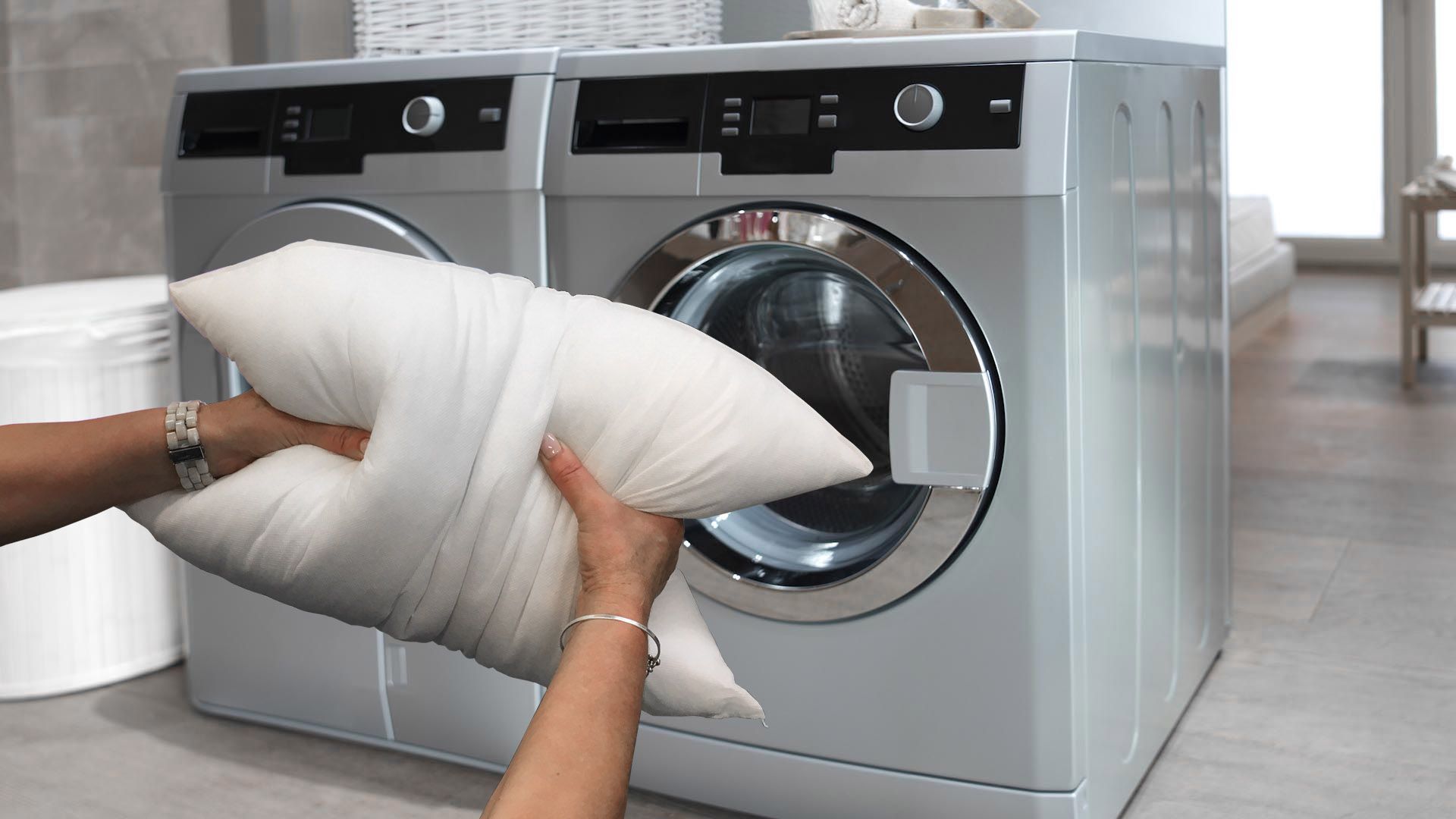
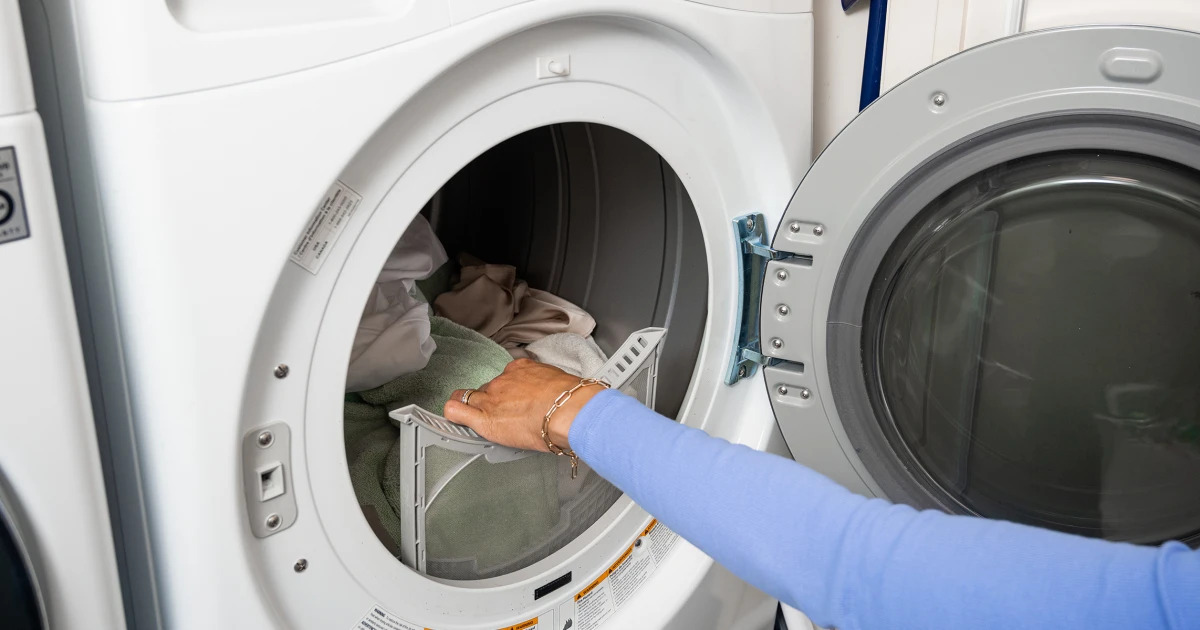
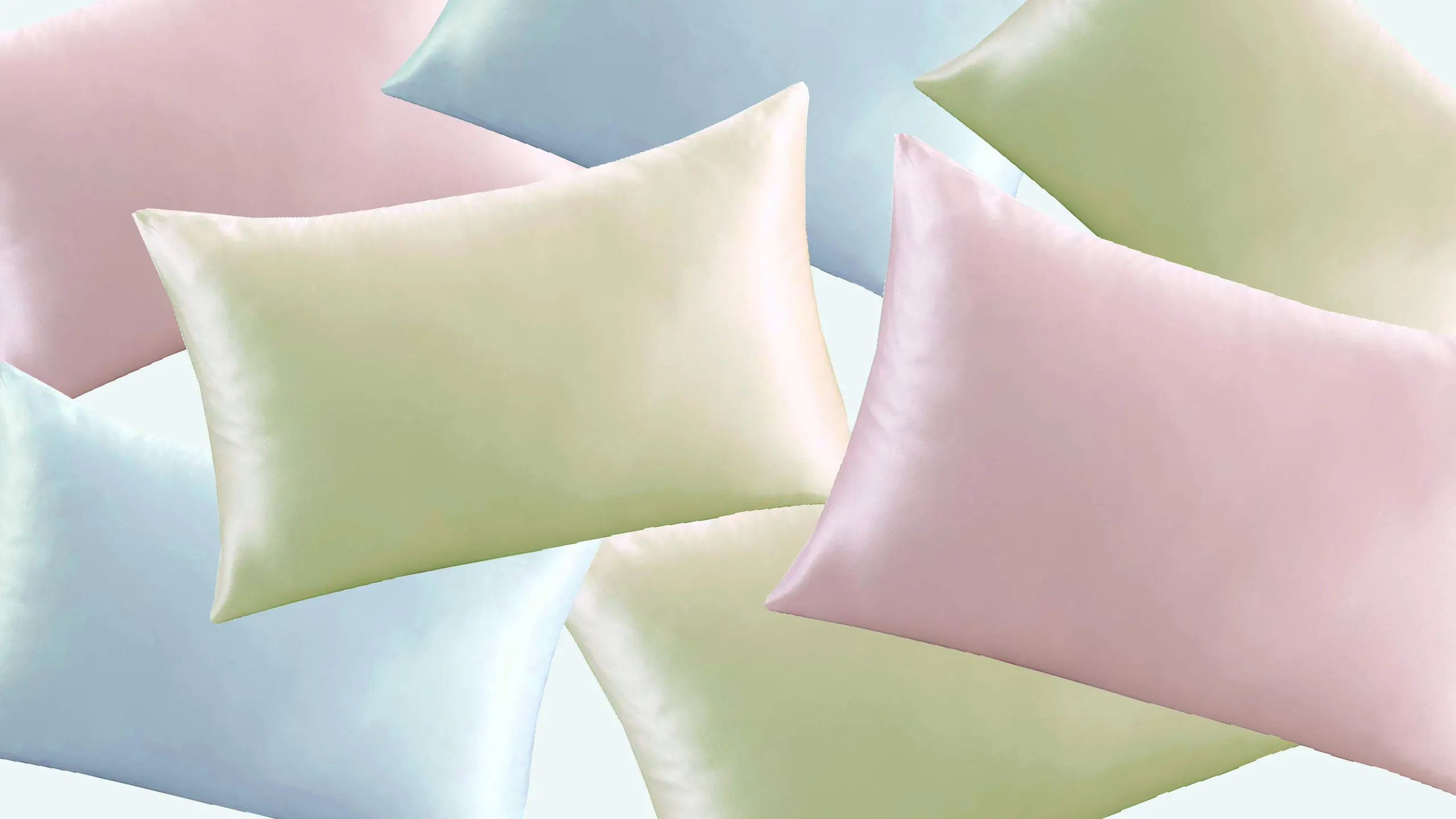
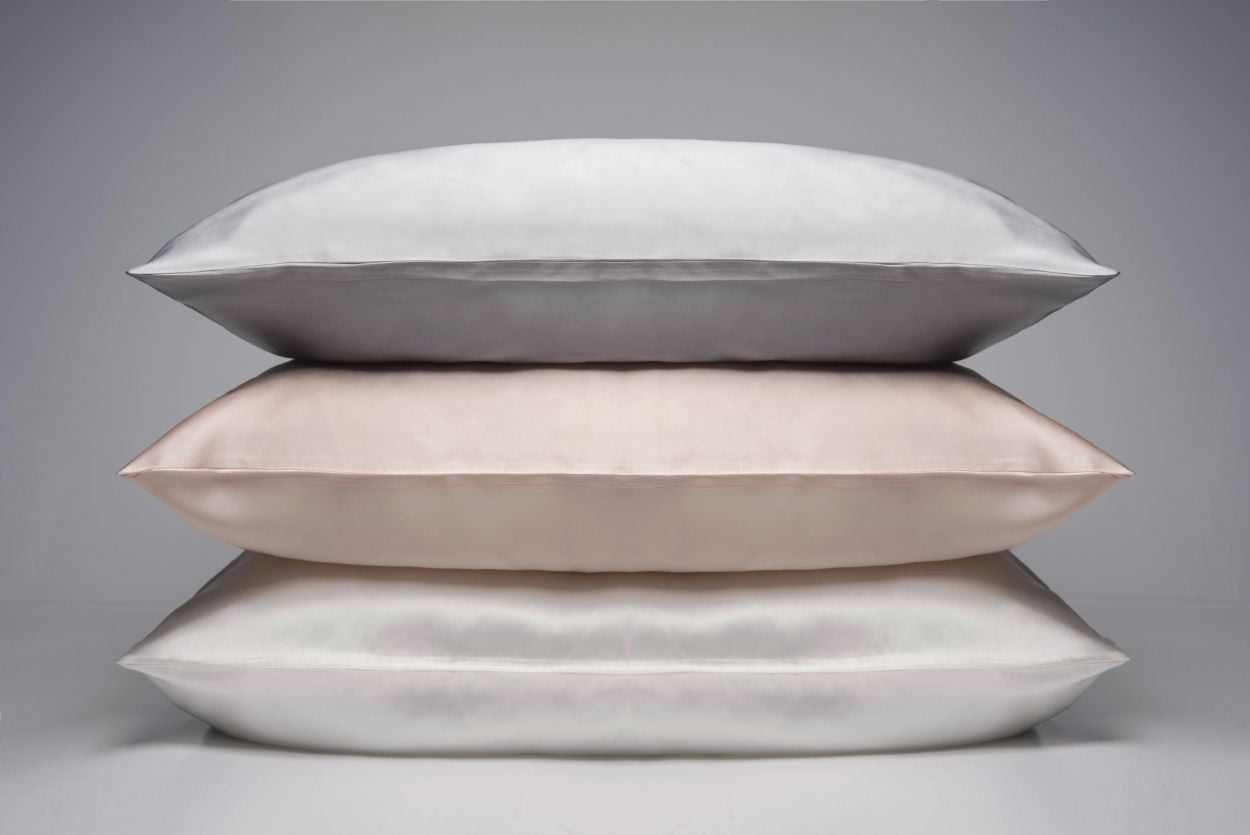

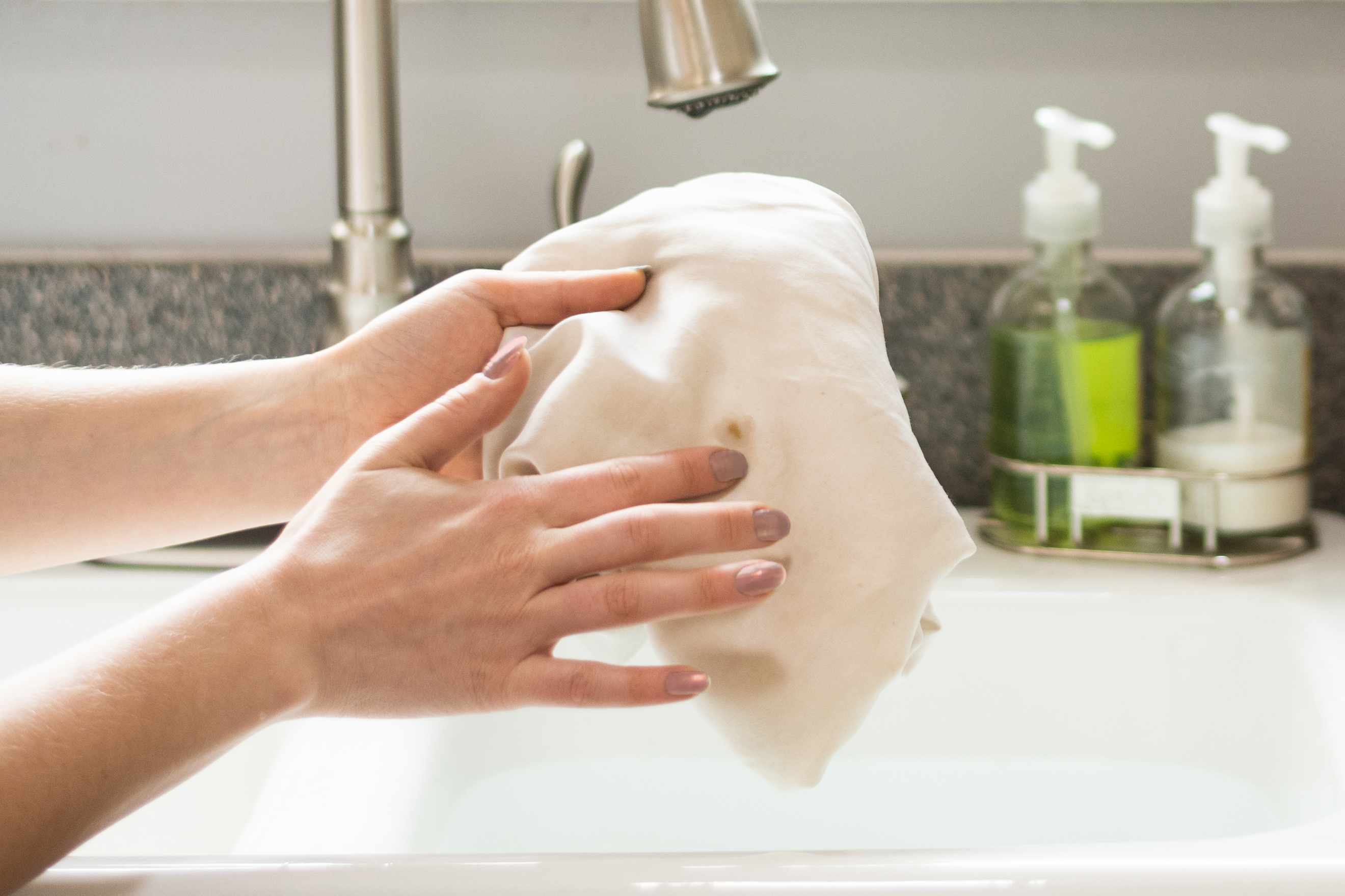
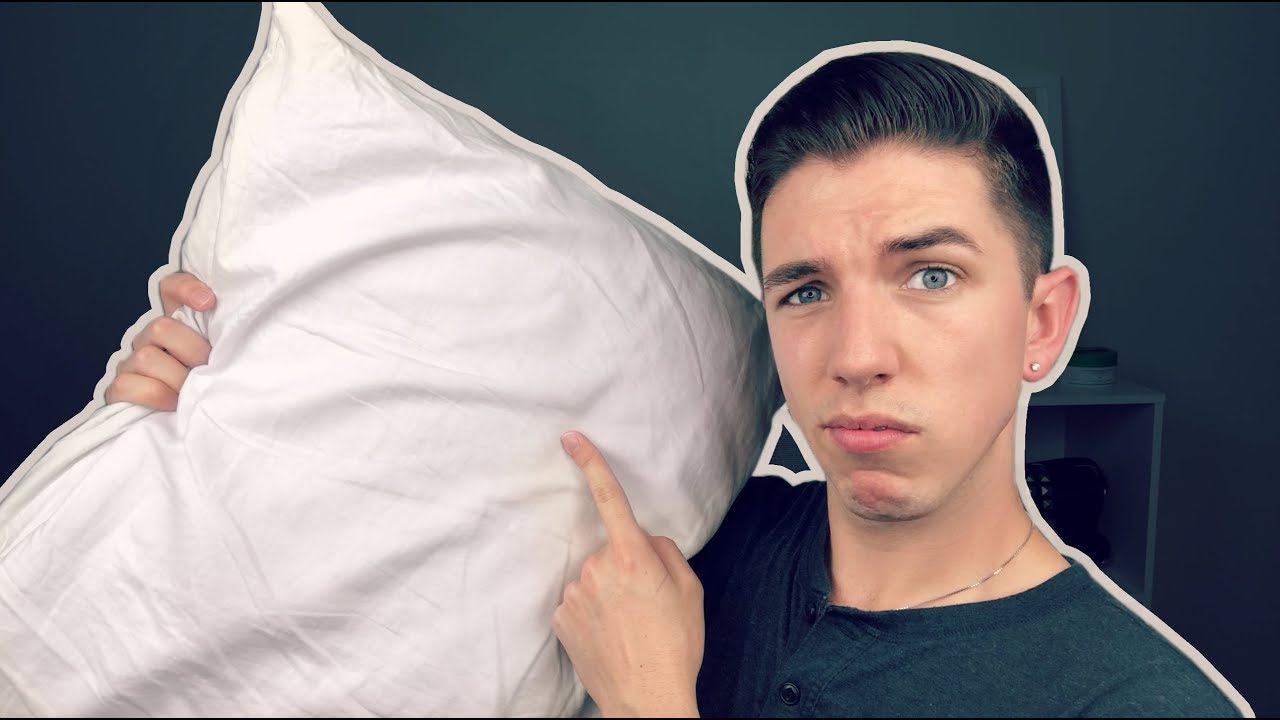
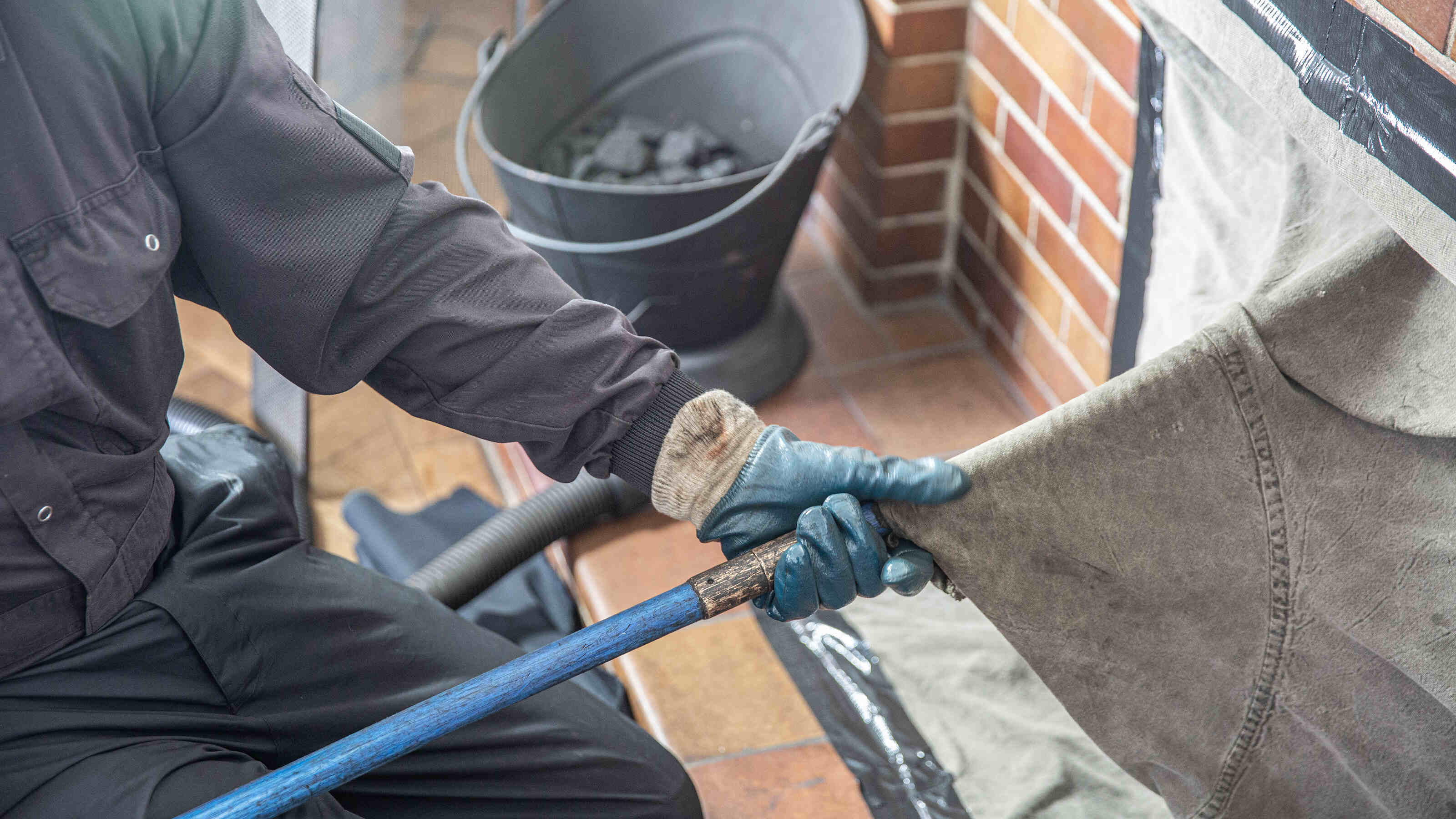

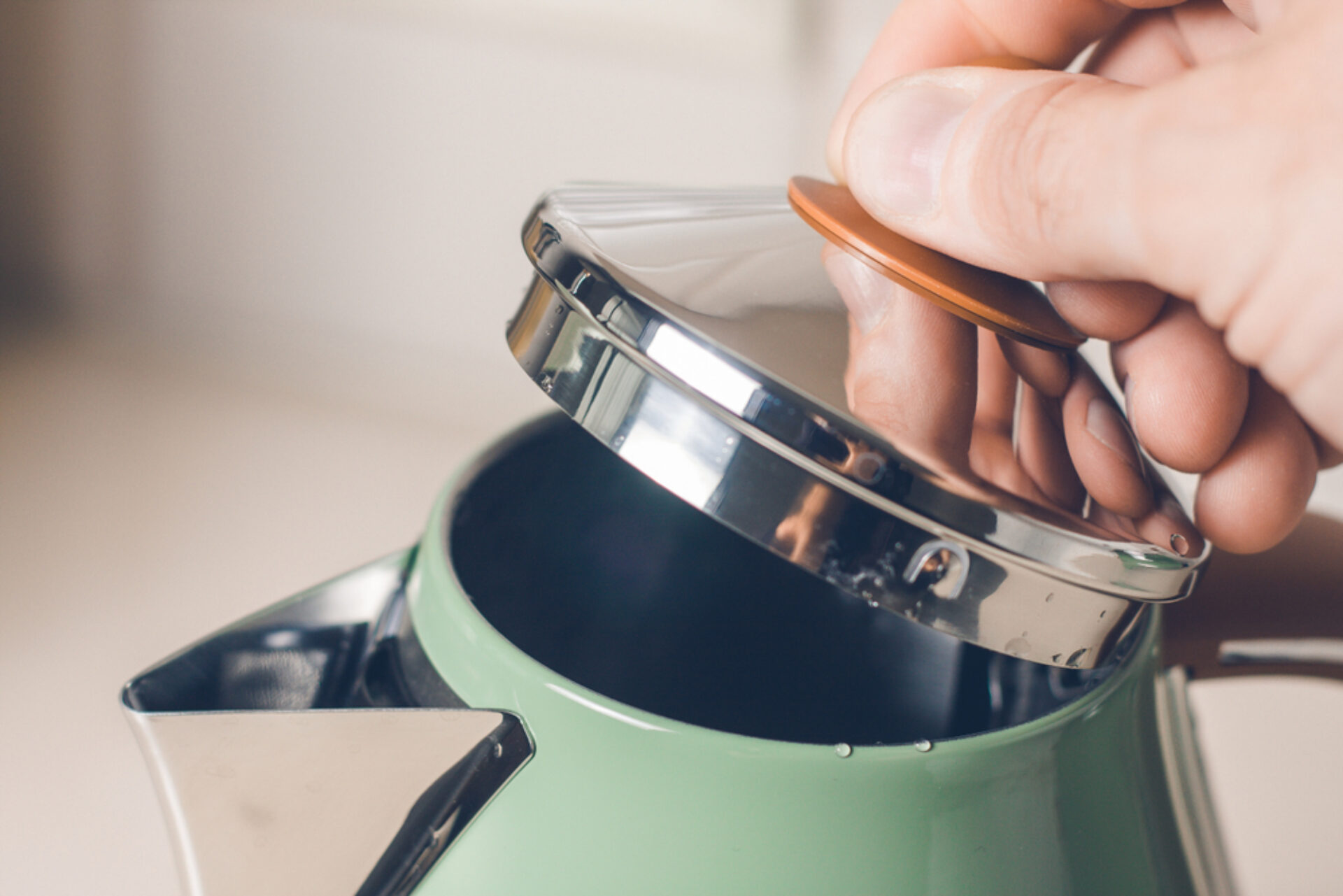
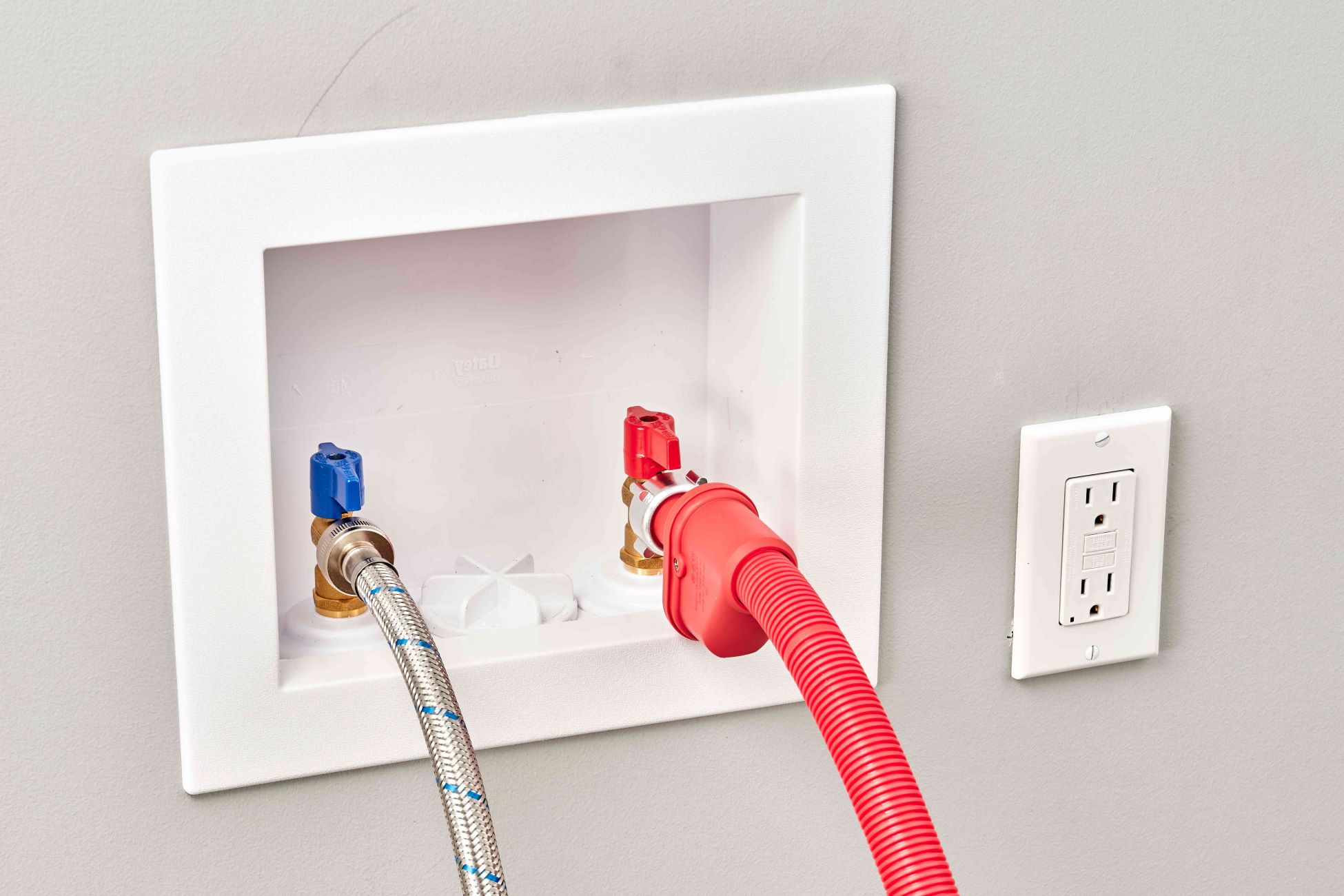

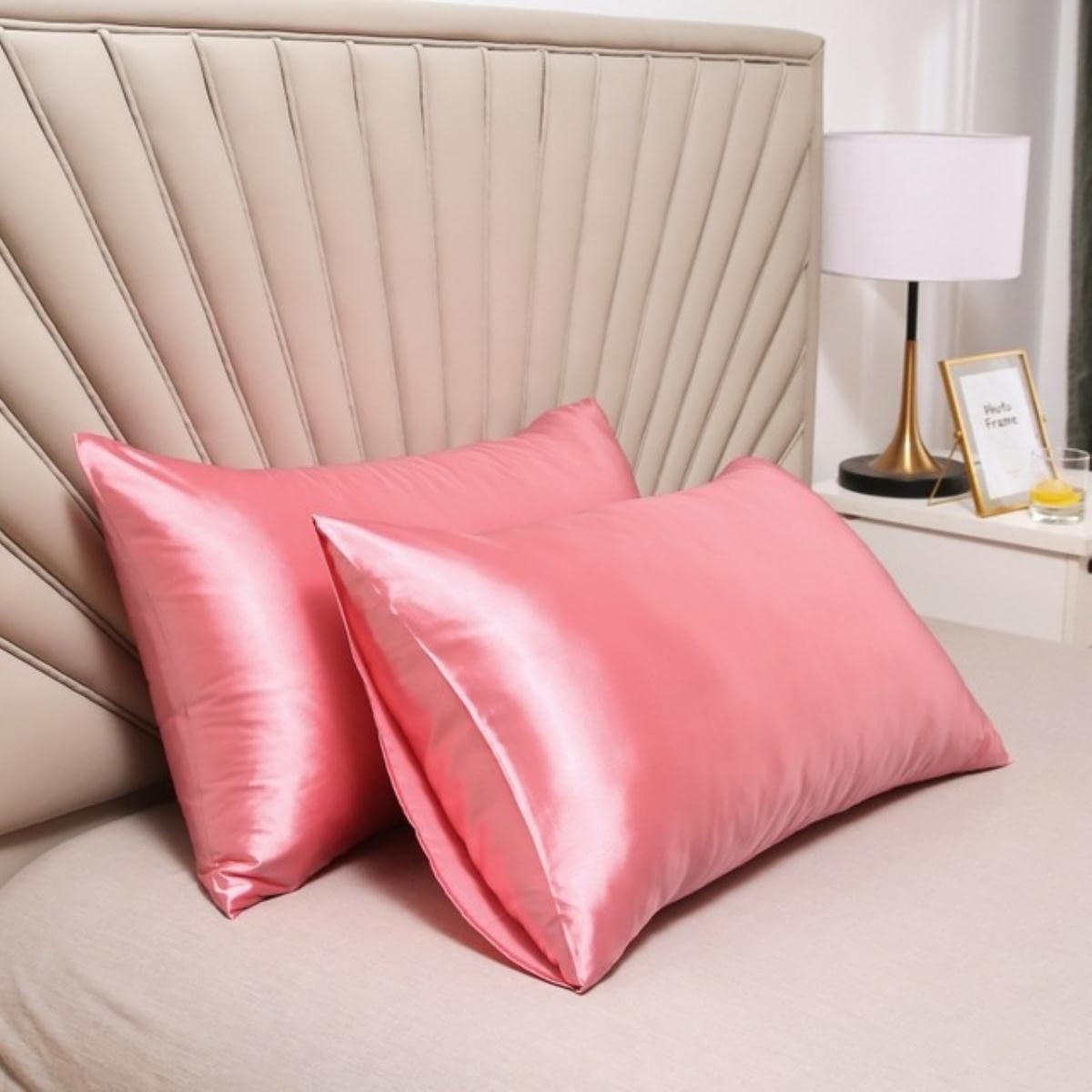
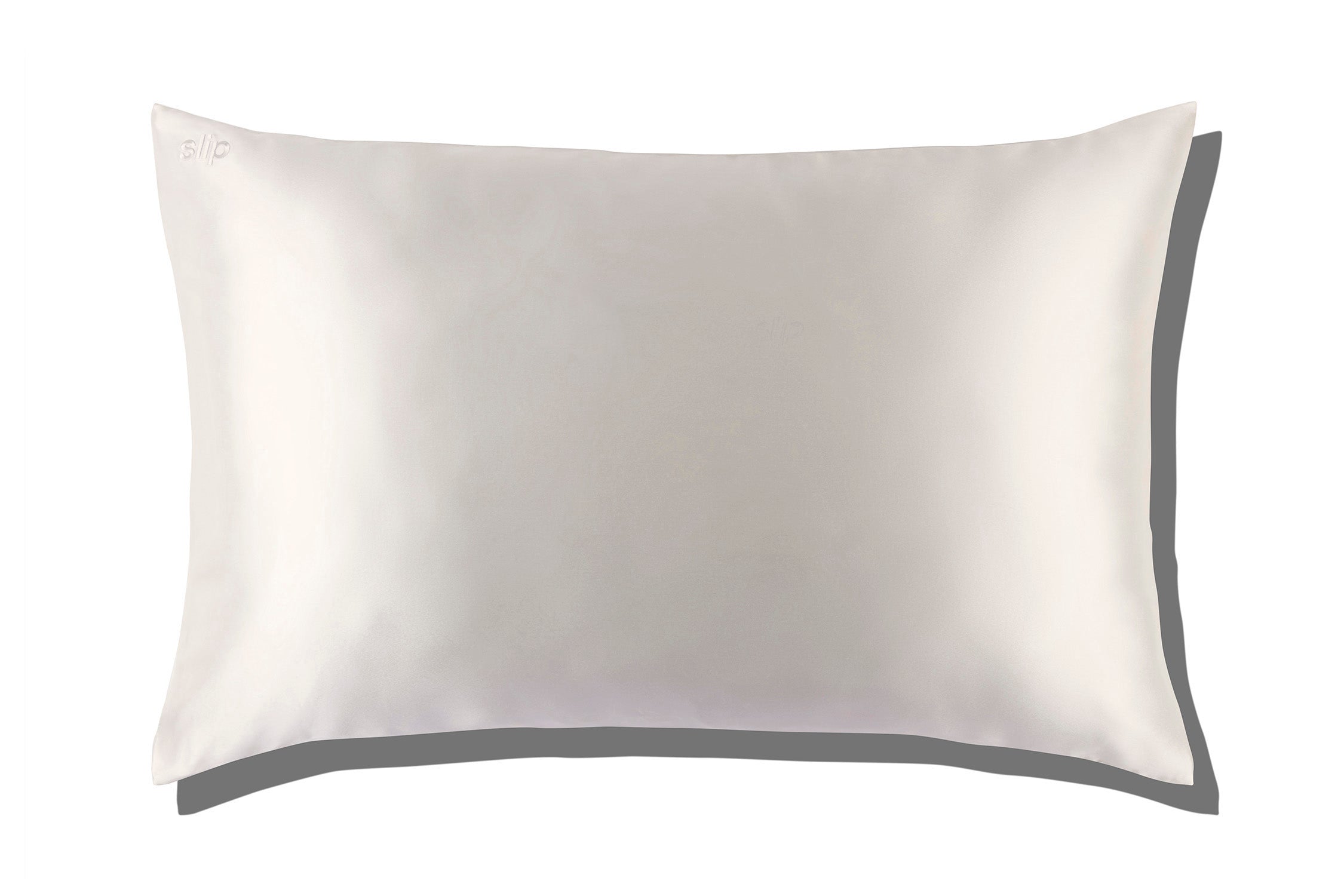

0 thoughts on “How Often Should You Wash A Silk Pillowcase?”